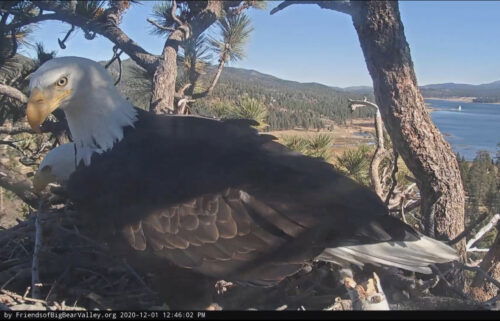Dinosaur fossil from a supposed huge carnivore actually belongs to something else
By Megan Marples, CNN
A dinosaur fossil footprint found about 50 years ago is from a plant-eating dinosaur — not a huge meat-eating dinosaur as previously thought, according to a new study.
The footprint, which dates back to the Triassic Period about 220 million years ago, was initially thought to have come from a large dinosaur from the Eubrontes family, said lead study author Anthony Romilio, a technical assistant in the School of Chemistry and Molecular Biosciences at the University of Queensland in Australia, in a statement.
He worked with a team of international researchers to reanalyze the fossil and found the footprint belonged to the Prosauropod, an herbivorous dinosaur. This would make the footprint the only physical evidence of any Triassic-age Prosauropod in Australia, Romilio said.
The fossil was discovered in a coal mine in Ipswich, a city west of Brisbane, nearly 656 feet (200 meters) underground. Scientists at the time estimated the creature that made the footprint to have legs over 6 feet (2 meters) tall, which would have made it the largest carnivorous dinosaur of the Triassic period, he said.
Romilio wasn’t buying it — in part because of a lack of consistent data regarding the fossil.
“I knew about this fossil many years ago and was surprised there was no consensus on basic details such as the footprint length or even its shape,” he said.
One indication the footprint came from an herbivore like Prosauropod was the shape of the feet, Romilio said. Predatory dinosaurs had toes that were bunched together, but the fossil’s toes were spread apart.
This long-necked animal had legs around 4.5 feet (1.4 meters) tall and was nearly 20 feet (6 meters) in length. The dinosaur likely had a small head and walked on two feet, Romilio added.
Earlier scientists were not able to examine the fossil when conducting their research, which forced them to make their conclusions based on photographs and drawings, Romilio said in the statement.
Geologists made plaster casts of the footprint in 1964, which were later turned into 3D models that the research team studied, said coauthor Hendrik Klein, in a statement. He is a fossil expert at Saurierwelt Paläontologisches Museum in Germany.
“The more we looked at the footprint and toe impression shapes and proportions, the less they resembled tracks made by predatory dinosaurs — this monster dinosaur was definitely a much friendlier plant-eater,” Klein said.
Dinosaur enthusiasts can catch a glimpse of the dinosaur fossil at the Queensland Museum in Brisbane or take a look at the 3D model online.
Romilio is investigating other dinosaur fossil footprints in China, South Korea and the United States to learn more about the creatures that made them.
Each dinosaur created millions of tracks across its lifetime, so collectively they left significantly more fossil footprints than bones to research, he said.
The study published Thursday in Historical Biology.
The-CNN-Wire
™ & © 2021 Cable News Network, Inc., a WarnerMedia Company. All rights reserved.



